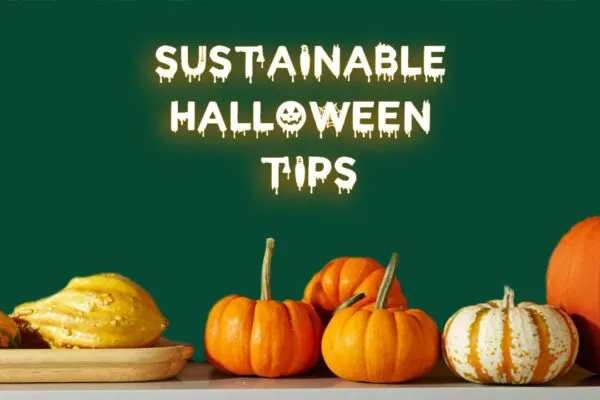7 Plastic Alternatives Making Positive Impact in Everyday Life
Adopt eco-friendly materials and save the planet
From to-go cup lids to single-use utensils, plastic is everywhere. It overfills landfills, resulting in contaminated soil and groundwater, and jeopardizes wildlife habitats. In the ocean, plastic breaks down into microplastics, which marine creatures consume. This harms underwater ecosystems and negatively impacts the human food supply.
The environmental costs of manufacturing and transporting plastic are also significant. Most plastics are petroleum-based, and extracting, refining, and processing fossil fuels produce high greenhouse gas emissions. To combat these issues, plastic alternatives are becoming increasingly popular among eco-friendly consumers and companies. Here are seven materials leading the charge.
Beeswax
Beeswax is helping many people reduce their dependence on plastic. You can replace your conventional plastic wrap with beeswax-coated cotton fabric. The material is pliable, making it easy to cover leftovers or half-eaten fruits, veggies, and cheese.
This is the main application for beeswax as a plastic replacement since it has heat resistance and durability limitations. While not directly replacing plastic, it is also used in makeup products, furniture polishes, and candles, where it replaces paraffin wax, which is derived, like most plastics, from petroleum.
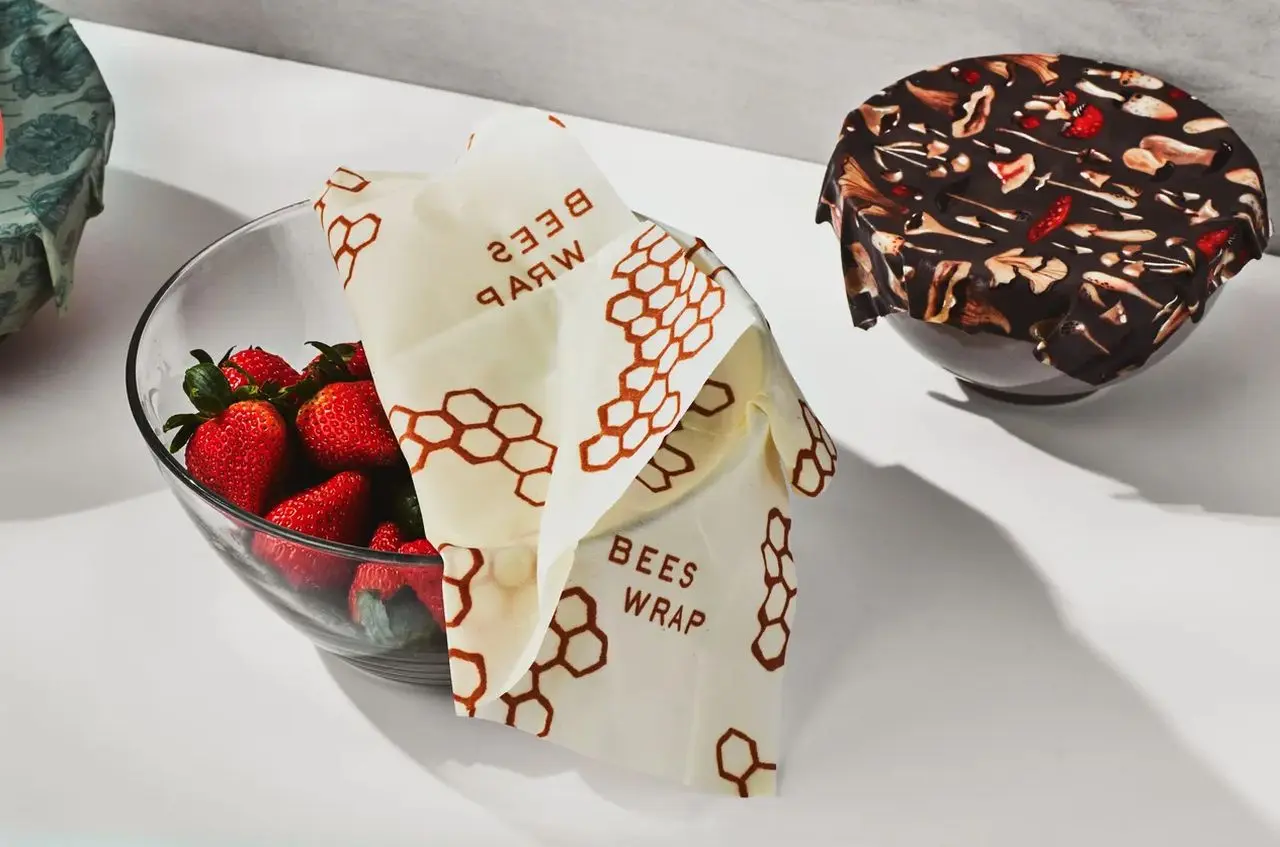
Image: Epicurious/Chelsea Kyle
Seaweed
Seaweed is a newer alternative to plastic that holds promise for future sustainability efforts. Like bamboo, seaweed is biodegradable and can replace plastic in textiles and packaging materials. However, one of its most impressive applications is in 3D printing, where it becomes a binder for printing objects when mixed with ingredients like coffee grounds and sawdust.
Seaweed can also remove pollutants from water. While this application doesn’t directly replace plastics, it does address one of the main issues of overreliance on them: water contamination.
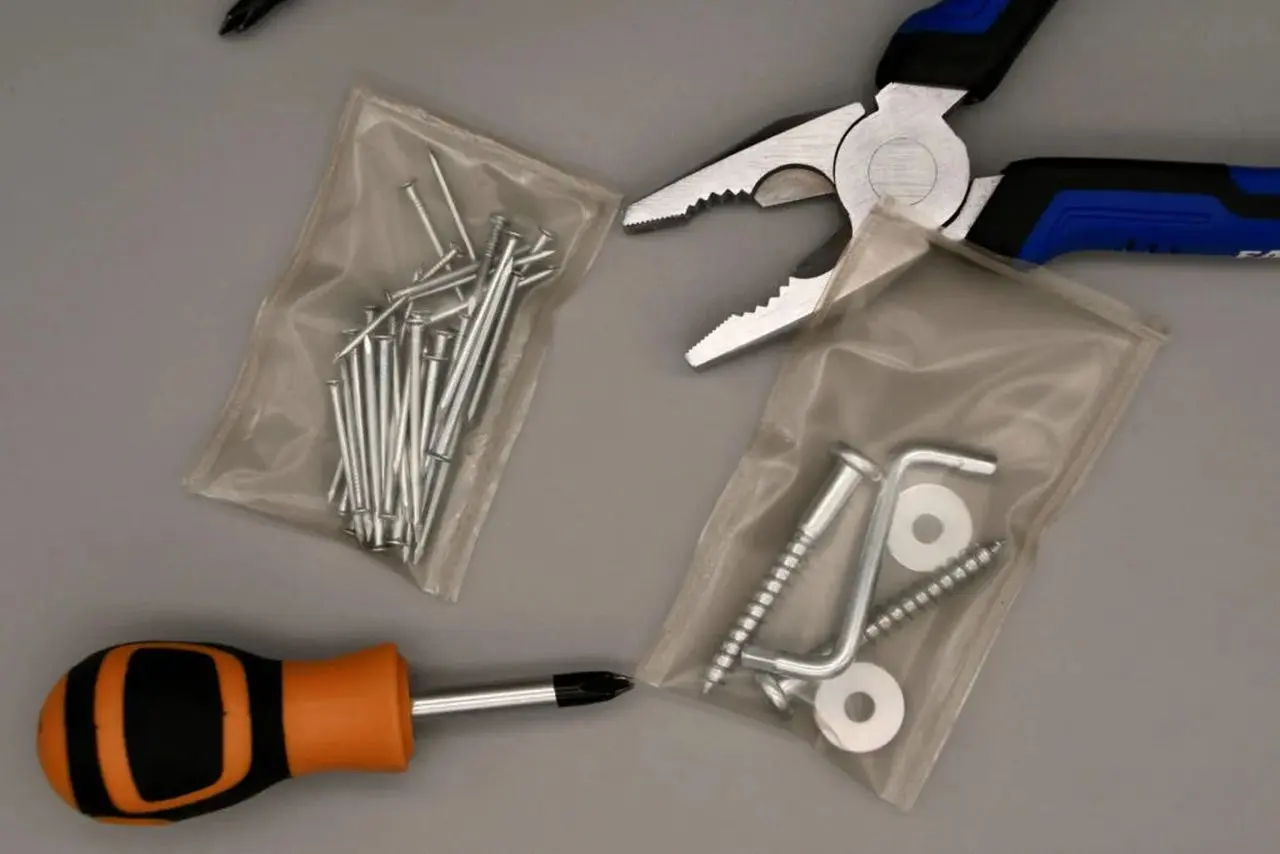
Image: FlaxSea
Bamboo
Bamboo is known for its strength and rapid growth. You may have seen bamboo cutting boards, utensils, cups, plates, and bowls. It’s also a popular replacement for plastic in everyday household items, like toothbrushes, hairbrushes, and cotton swabs. Unlike plastic, bamboo is biodegradable, meaning it will gradually decompose into organic matter.
Bamboo is used in clothing for increased sustainability and breathability, especially compared to synthetic materials like polyester. It is also a great alternative to plastic packaging. It can be processed into paper and cardboard to become boxes, wrapping material, or inserts for shipping containers.
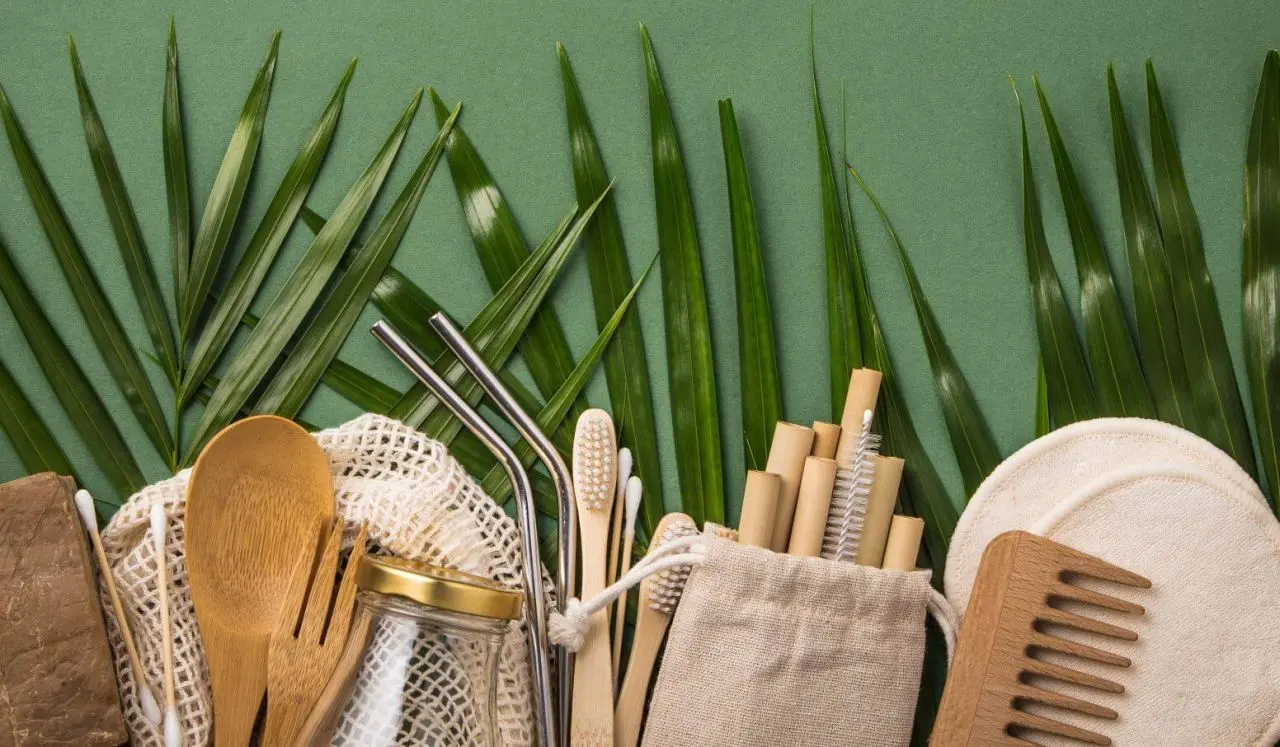
Image: Aspire Style
Compostable Packaging
BPI-certified compostable packaging is a common alternative to the plastic used across many industries and household products. Applications like compostable coffee capsules reduce reliance on plastics and decrease the environmental harm associated with their production and disposal. Many sustainable manufacturers in compostable packaging work to ensure their supply chain operations don’t cause further damage by contributing to deforestation.
To encourage eco-friendly recycling and composting methods and enhance the efficacy of plastic-free value chains, legislation prohibits the disposal of food waste and compostable packaging in the following cities:
- Austin, Texas
- Boulder, Colorado
- Los Angeles, California
- San Francisco, California
- Minneapolis, Minnesota
- New York City, New York
- Portland, Oregon
Enthusiastic adoption of this legislation and advocating for its expansion to other cities can significantly impact waste generation.
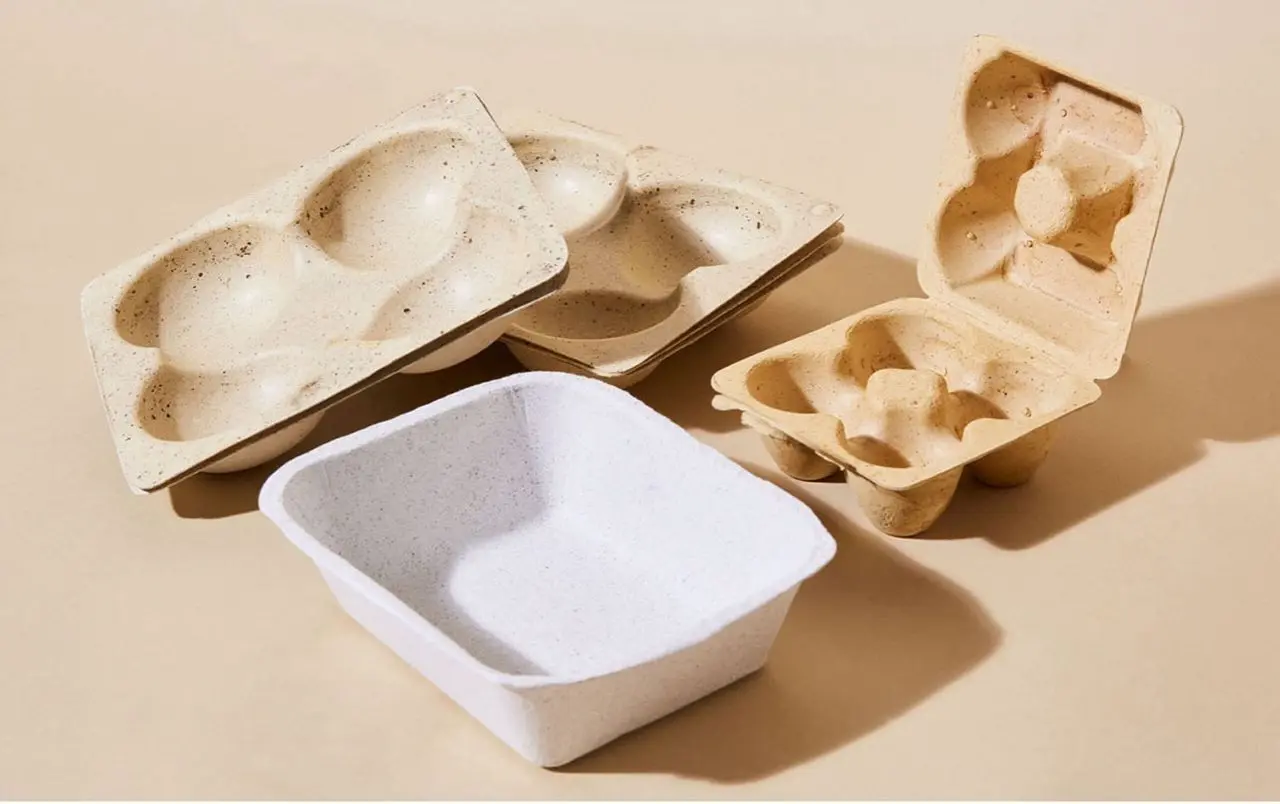
Image: PlantSea
Mycelium
Like seaweed, mycelium — the root structure of mushrooms — is a relatively recent innovation in plastic alternatives. It’s renewable, biodegradable, lightweight, and strong, and it requires less energy than conventional plastic manufacturing.
Research is ongoing on how mycelium can replace plastics, but so far, its value has been explored in construction, furniture, textiles, and packaging, where materials like Styrofoam cause significant pollution. In addition to being a plastic alternative, mycelium may help environmental efforts in soil remediation and water filtration.
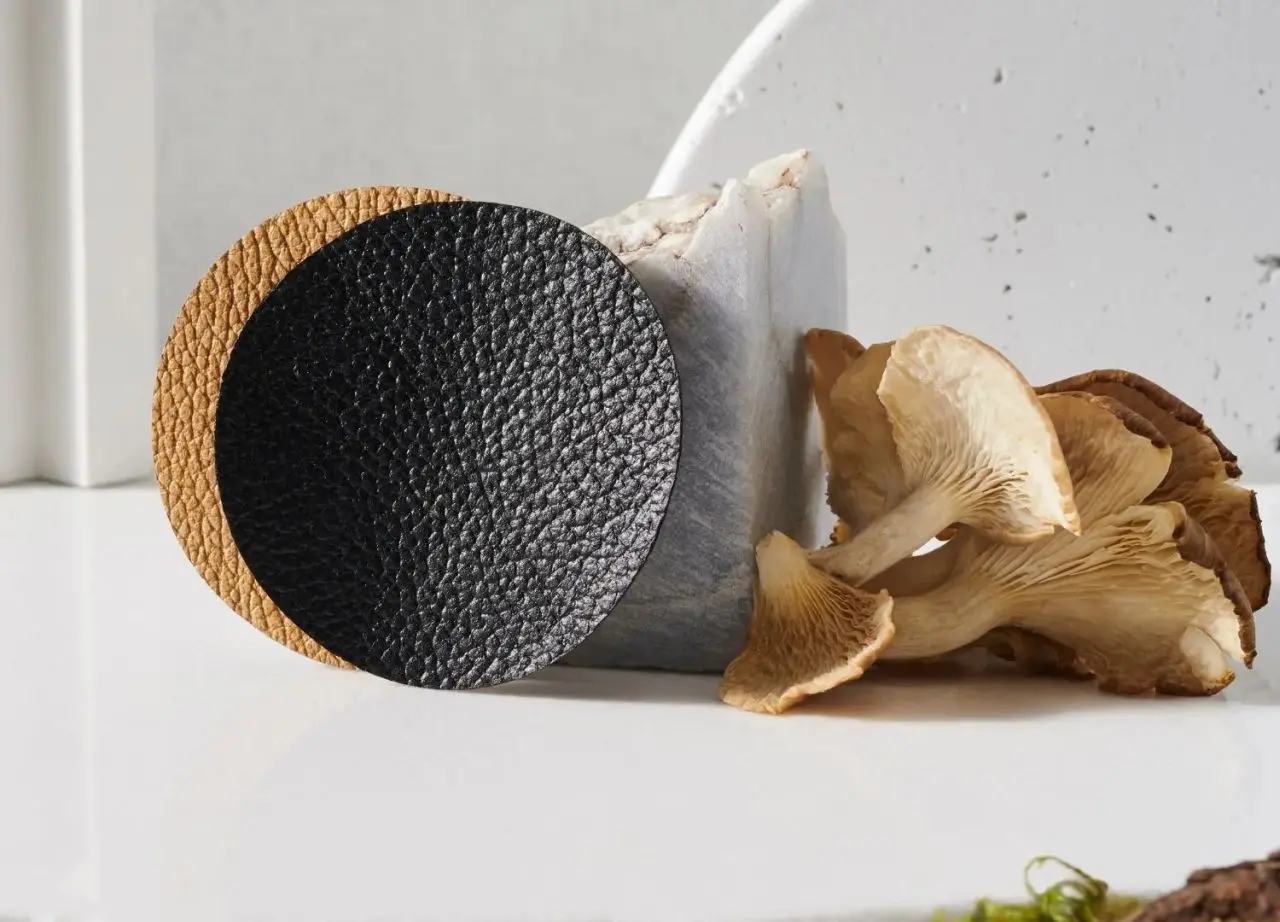
Image: MycoWorks
Stainless Steel
While natural materials like mycelium and seaweed are exciting innovations, it may be harder to get your hands on them right now. Stainless steel offers a more accessible option for individuals trying to decrease their plastic use. Next time you’re given plastic utensils with your takeout, decline and use stainless steel forks and spoons from home instead.
If you get lunch out during your midday break at work, take reusable utensils to the office to reduce your plastic consumption. A quality stainless steel water bottle can last you years. Carrying one with you will keep you hydrated and eco-friendly since you’ll avoid purchasing single-use plastic bottled water.
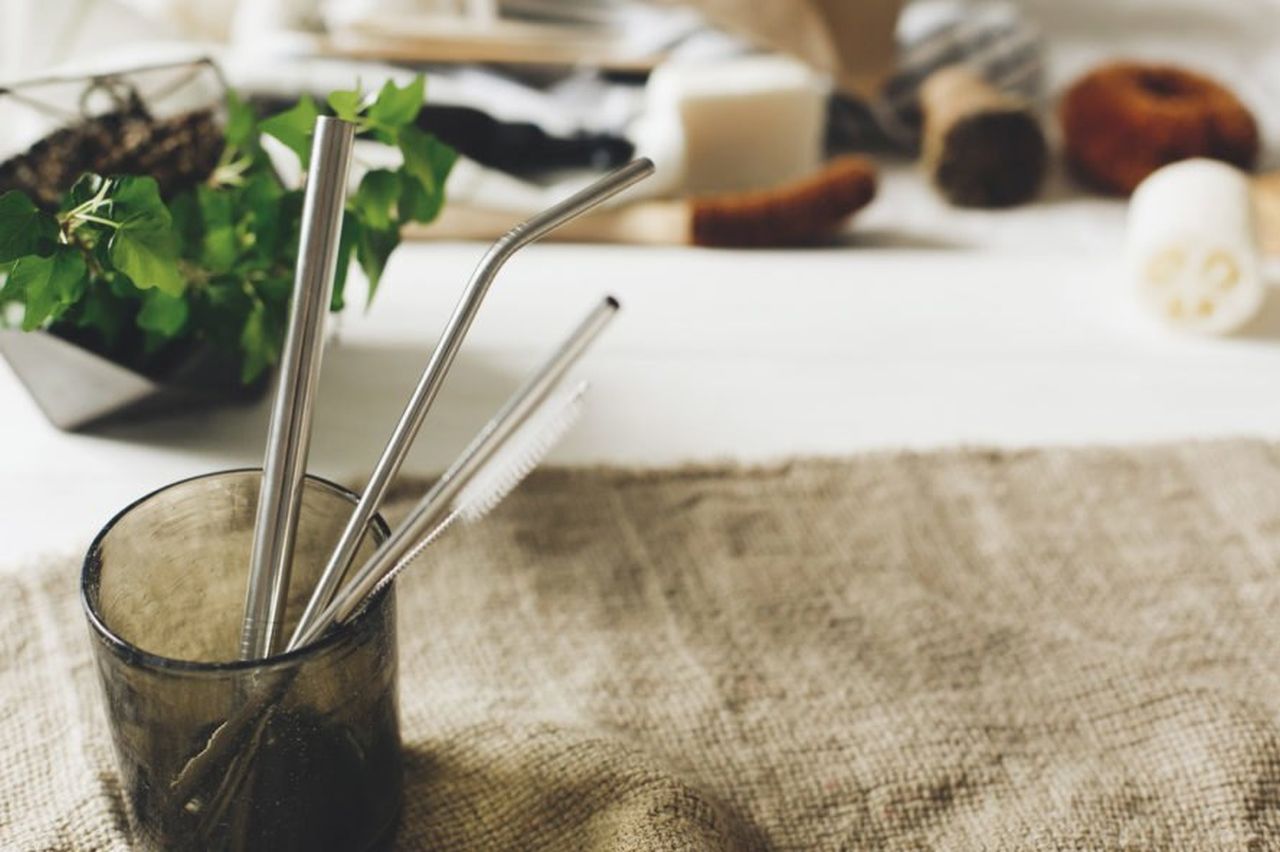
Image: Inhabitat
Glass
Glass is a standard replacement for plastic in bottles, containers, and tableware. It’s endlessly recyclable and safe for food storage since it doesn’t transfer harmful chemicals. Unlike plastic, it can withstand high temperatures, and its transparency makes it convenient for storing food and displaying products.
The heavier weight and fragility of glass make it an imperfect alternative to plastic. It also requires a lot of energy to produce, so its viability as an eco-friendly, sustainable material is often under debate.
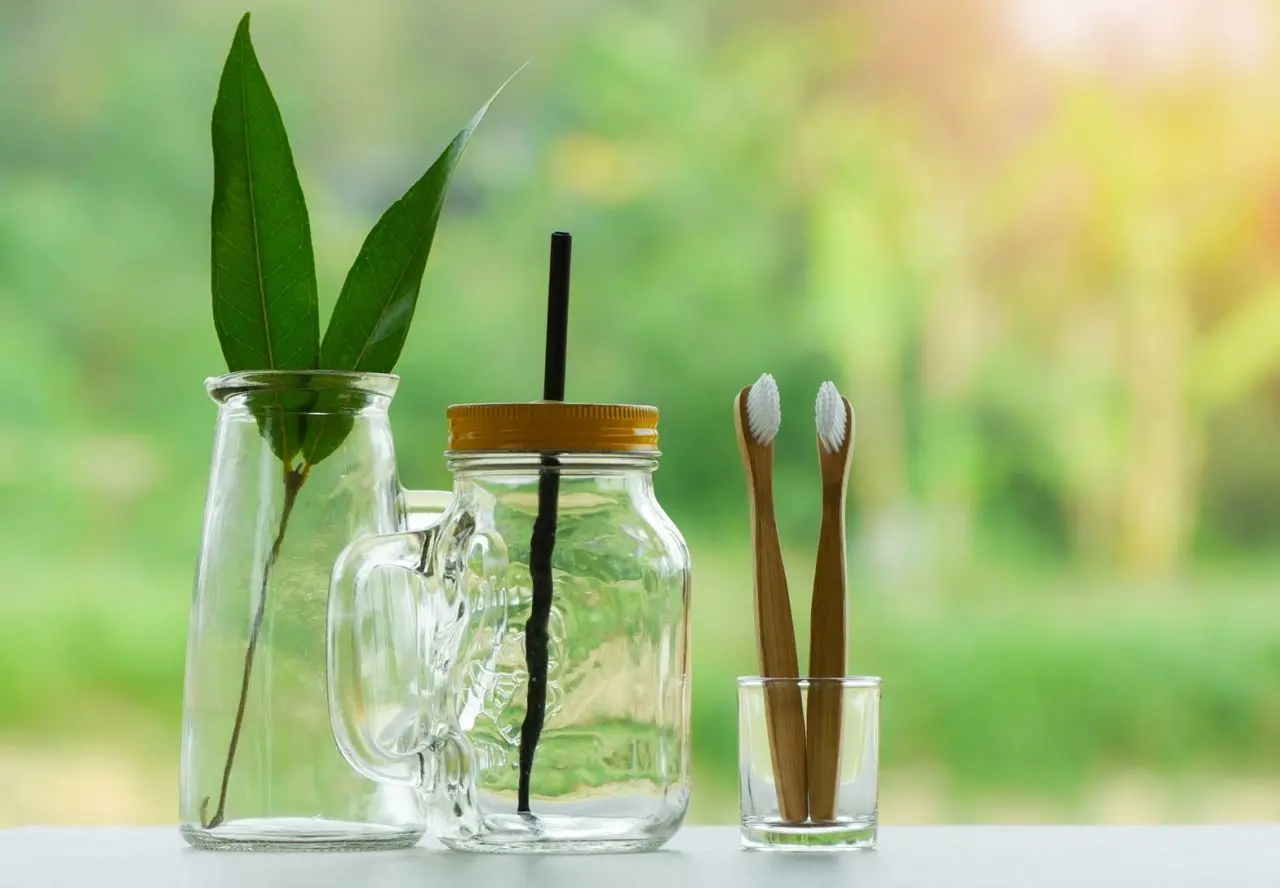
Image: Renouvo
Innovative Alternatives for a Greener World
Common alternatives — such as glass, stainless steel, paper, and cardboard — are still helpful in reducing human reliance on fossil fuel-based plastic. However, natural substances like seaweed, mycelium, bamboo, and beeswax are paving the way for more sustainable alternatives. Progress starts with observing where you see plastic consumption in your daily life and finding ways to reduce it.


